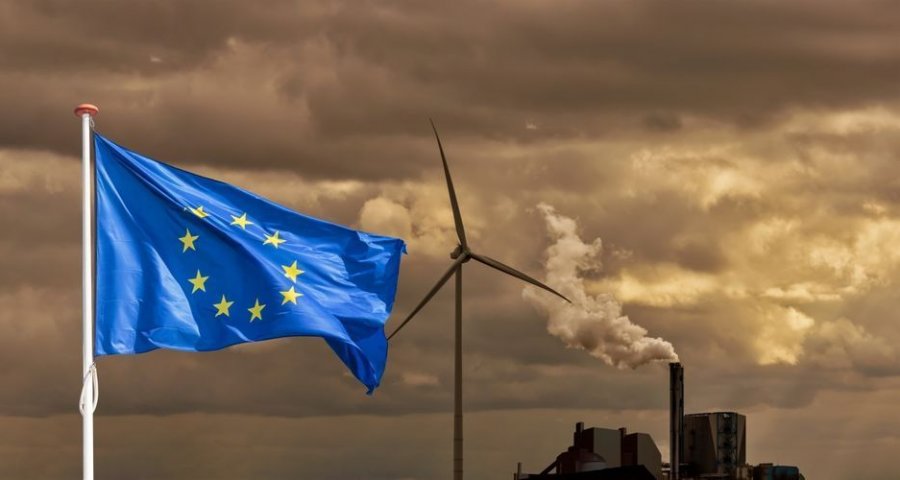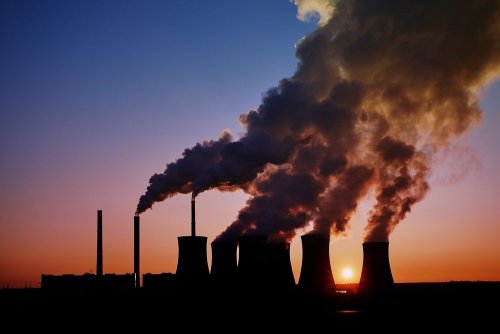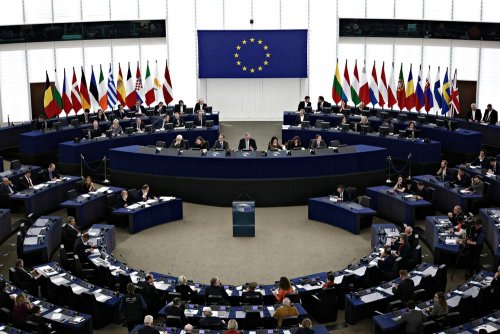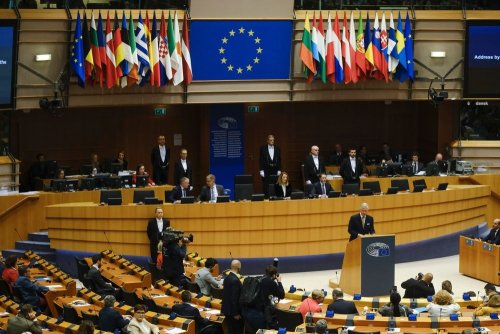The European Commission will publish a 2040 emissions reduction target in the summer, thus delaying the publication of the relevant draft law for another couple of months.
This was reported by POLITICO, citing a speech by EU Climate Commissioner Vopke Hoekstra to journalists on April 3.
He said that he had faced concerns from EU capitals and political groups in the European Parliament and discussed ways to mitigate the EU's plan to reduce emissions by 90% from 1990 levels by 2040.
“Obviously, we need a little more time,” Hoekstra said.
The commissioner also added that it would take “weeks or months” to find a majority for a legislative proposal, and he would like to do so “before the summer.” The official plans to hold consultations with European capitals and groups in parliament in the coming weeks to build a “strong majority” to achieve this goal.
Asked by a journalist whether the 90% target itself is in jeopardy, Hoekstra said that it remains the European Commission's “starting point” and that he is “optimistic” that this figure will remain the ultimate goal.
Separately, the European Commissioner emphasized that the trade war unleashed by US President Donald Trump will have a further detrimental impact on climate efforts.
Criticism of the delay in the announcement
Timo Völken, MEP from the Socialists and Democrats, believes that the delay in publishing the 2040 target violates the European Commission's clear commitment to the Parliament and seriously undermines the group's credibility.
As a reminder, the independent EU Council of Scientists recommended that the goal be reached at the level of 90 to 95%.
According to the MP, in addition to reputational damage to Europe's status as a climate leader, this delay also jeopardizes the process of the UN Framework Convention on Climate Change.
Supporters of reducing the target
POLITICO recalled that some politicians from the largest political group in the European Parliament – the center-right European People's Party, home to European Commission President Ursula von der Leyen and Vopke Hoekstra – have criticized the 90% target.
Some European governments have also opposed it, with the far-right Italian government openly calling for the target to be lowered to 80 or 85%.
What are the options for compromise solutions?
POLITICO reports that Wopke Hoekstra has consulted with groups in the European Parliament about several “flexibilities” that could ease concerns about meeting the 90 percent target. In particular, the use of international carbon credits to count toward the EU target was considered. Such a step would involve a slower reduction in emissions in the early 2030s, as well as an increase in quotas for forests and new technologies that remove carbon from the air.
According to Timo Völken, this could open up “huge loopholes” instead of helping to reduce emissions in the EU. Green MEPs have also told POLITICO that they will refuse to use these credits, which finance climate projects abroad and allow EU countries to count emissions reductions toward their own targets.
Ukraine in the European context
It is becoming apparent that even the EU, with its billions of dollars in funding for green transition projects and the absence of war, is having significant difficulty meeting its climate goals. Therefore, a natural question arises: is it advisable for Ukraine to set itself the same ambitious emissions reduction target as the EU during a full-scale invasion if the bloc itself cannot cope with it?
Recently, EcoPolitic reported that fewer and fewer countries in the European Union support a 90% reduction in emissions by 2040.





